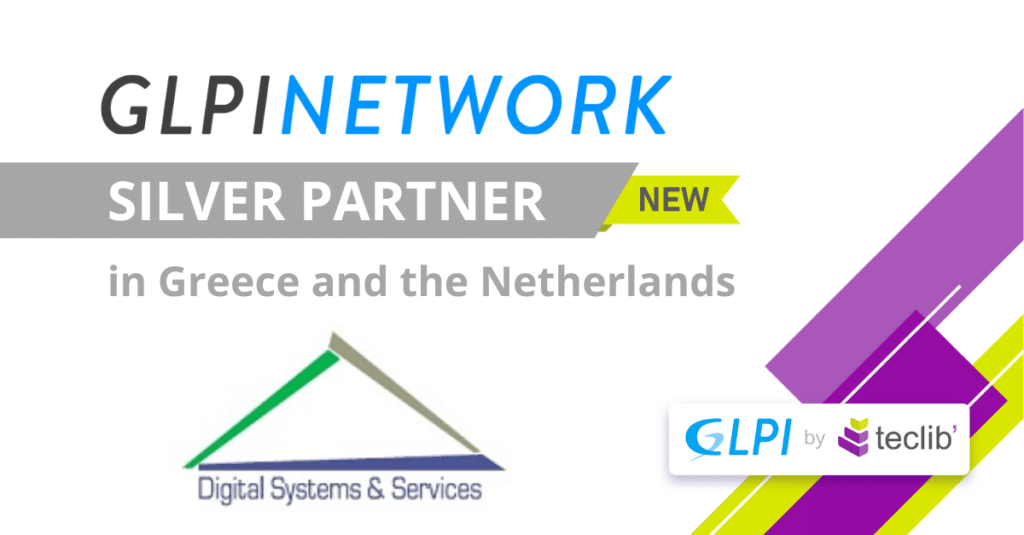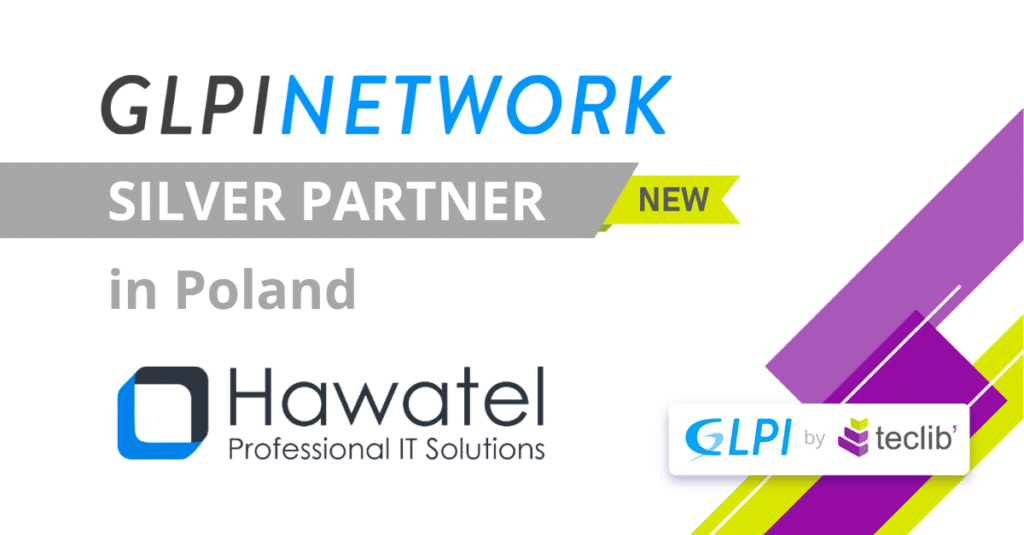New silver partner in Greece and the Netherlands: Digital Systems and Services
We are happy to announce our new Silver partner in Greece and the Netherlands: Digital Systems and Services.

Digital Systems and Services is a leading technology company operating in Northern and Eastern Europe, that provides consulting, integration and support services to businesses and organizations, always focusing on the digital domain. From infrastructure work and specialized systems to vertical projects, we deliver complete solutions and support your work.
Using the latest technologies and industry best practices to deliver innovative and effective solutions, we help our clients stay competitive in today’s digital landscape.
Digital Systems and Services offers the following services:
- Infrastructure services;
- Web & Email hosting services;
- Managed IT Services.
Greece’s website: https://bit.ly/3tHfvEH
Netherland’s website: https://bit.ly/4927udx
We are excited that GLPI ITSM solution is becoming more and more represented all over the world and GLPI Network (our support offer for on-premises – get your IT Infrastructure secured) subscription service will be available for more customers through our new partners.
Our large partnership network is always open for new collaborations. If you are interested in representing one of our products in your country, get in touch with us: https://glpi-project.org/contact_us/
Being a partner means:
- Having an a direct access to the Teclib´s tech expertise;
- Get special discounts;
- Access official support,
- Many other tools which will help you to gain more customers and increase reputation on the market by adding open source ITSM to your portfolio.
Discover all benefits of being a partner here: https://glpi-project.org/partners/






